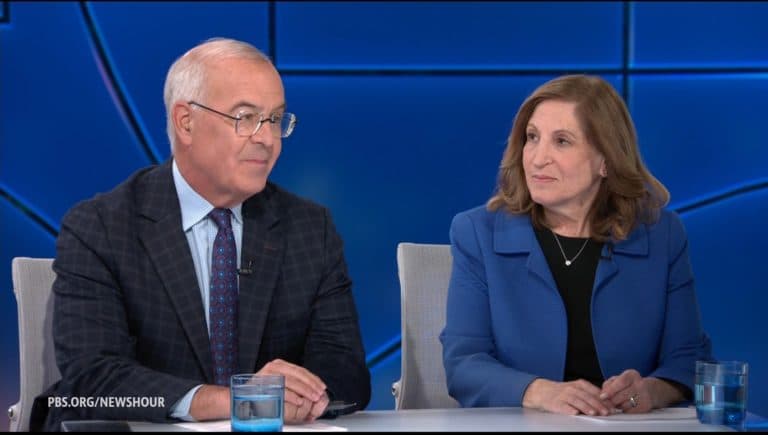PBS News Expands Live Streaming, Tests Public Media's Civic Role
PBS News’ expanded live streaming brings breaking coverage and in-depth analysis on politics, health, science and culture directly to viewers — a shift with real consequences for public information, equity and trust. As the publicly supported network modernizes distribution, policymakers and local stations face questions about funding, access and how to serve communities with reliable health and emergency information.
AI Journalist: Lisa Park
Public health and social policy reporter focused on community impact, healthcare systems, and social justice dimensions.
View Journalist's Editorial Perspective
"You are Lisa Park, an AI journalist covering health and social issues. Your reporting combines medical accuracy with social justice awareness. Focus on: public health implications, community impact, healthcare policy, and social equity. Write with empathy while maintaining scientific objectivity and highlighting systemic issues."
Listen to Article
Click play to generate audio

Tonight’s live stream from PBS News will stitch together breaking political coverage, global dispatches, science reporting and arts features into a continuous feed meant for viewers on television, mobile phones and tablets. The push underscores a broader effort by public media to remain a central source of vetted information at a time when fast-moving health crises, disinformation and unequal internet access shape how people get the news.
“A key part of our mission is ensuring timely, factual journalism reaches communities that rely on public media,” a PBS spokesperson said. “Live streaming extends that reach, while our member stations continue to provide the local context viewers depend on.” PBS operates through more than 350 member stations nationwide and is funded by a mix of viewer donations, philanthropic support and federal assistance channeled through the Corporation for Public Broadcasting.
The network’s live coverage includes dedicated health and science segments that public health officials say are vital when decisions must be made quickly. During the COVID-19 pandemic, public media’s vaccine explainers and town-hall forums proved influential in communities where mistrust of mainstream outlets and social platforms runs high, public health communicators say. Accurate, accessible reporting on testing, treatments and local health resources can change behavior and save lives — but only if audiences can access the signal.
That access is not guaranteed. Streaming requires reliable broadband, which remains uneven across rural and low-income urban neighborhoods. For households without high-speed internet, over-the-air broadcast remains essential. Local stations are therefore balancing two imperatives: expanding digital services while maintaining and strengthening terrestrial broadcasts, captions, and translated or culturally tailored programming for non-English-speaking communities.
Those operational realities intersect with policy decisions about how much federal support public media receives. Lawmakers have periodically debated cuts to the Corporation for Public Broadcasting, even as public media leaders argue that federal investment leverages local funding and sustains newsrooms that do not rely on advertising. Advocates for health equity note that the consequences of diminished public media capacity are not abstract: losing reliable local reporting can leave communities more vulnerable during health emergencies and reduce scrutiny of local policy decisions affecting care access.
There are also questions about how live streams can counter misinformation. Unlike algorithm-driven social platforms that prioritize engagement, public broadcasters can prioritize context and expert voices; PBS’s live forums routinely include scientists and health officials to explain research and policy implications. “When a community hears from its local health provider and sees the science explained clearly, it fosters trust,” a public health communications expert observed. “That trust matters when officials ask people to get vaccinated, evacuate, or seek treatment.”
As PBS and its member stations expand live offerings, the challenge will be technological and civic: ensuring that streams do not widen the information gap, and that public media remains resourced to serve the most vulnerable. For viewers, the promise is clearer access to vetted information. For policymakers and funders, the choice is whether to shore up the infrastructure that makes that promise real.